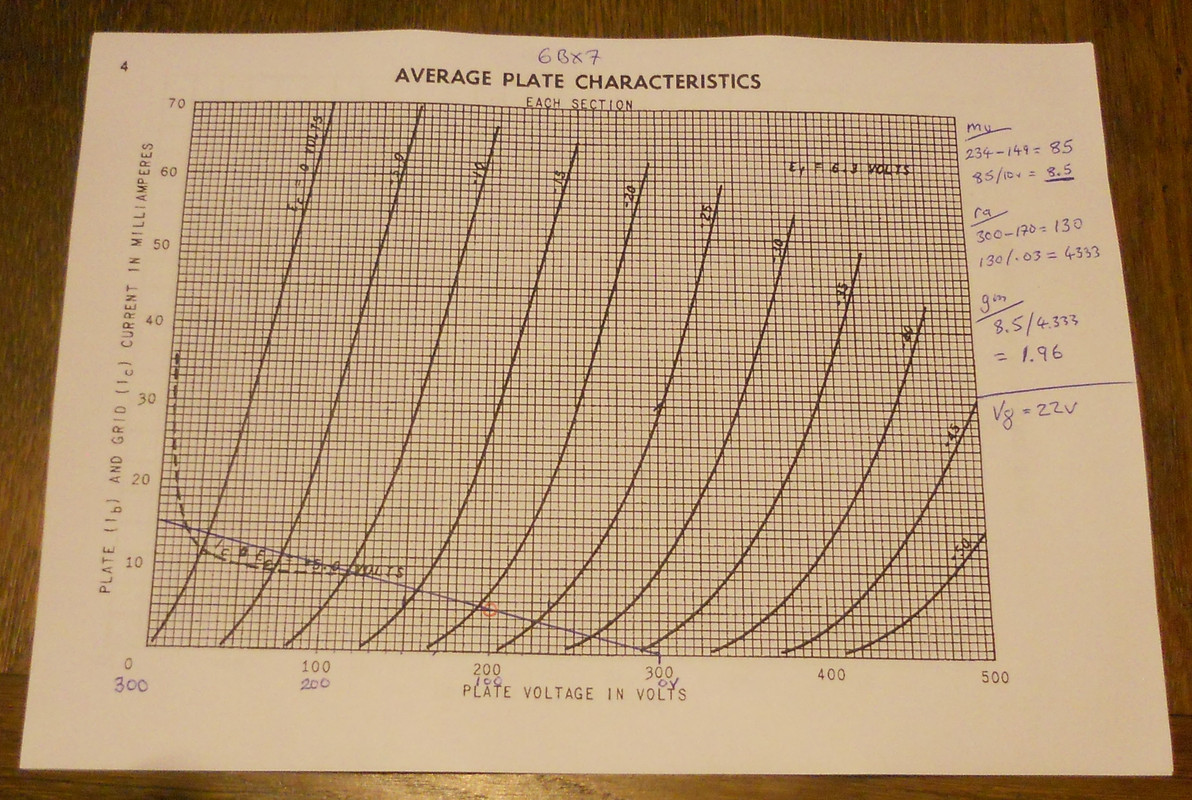Brian Roth
Well-known member
They had separate outputs so they could balance all three guitars and the bass.
Is this plate or room reverb>
Listening again that might be a plate. I think the reverb on this song is the attic chamber:
Bri
They had separate outputs so they could balance all three guitars and the bass.
Is this plate or room reverb>
[What for?] -- "Because it would be fun to do"??? Is that a crime now these days???What for?
[Would readers be interested if I did a full research on the project as if I was going to make it?] -- I personally would merely enjoy creating and designing all of the sheet-metal and PCB-designs. So.....whenever you are able to come up with a completed schematic, I would just get a kick out of turning the schematic into a physical reality so others would be able to actually build it!!!Would readers be interested if I did a full research on the project as if I was going to make it?
There is some tech stuff that needs to be further explored I think.
I think it was used for its power delivery and I also believe it was doubled-up to increase the gm and lower the output impedance.Where did the idea to use a 6BX7 come from? I know it has been used as an audio amplifier but it was originally intended for a TV frame oscillator and amplifier.
One thing I like about the Motown stuff is they divided up the audio band into distinct sections. Then they filled in the sections with various instruments in a way that did not overlap. Not like today where all 56 faders are loaded with junk that creates a wall of crap.
The Hitsville studio did yea. UAD has a good emulation of it even.IIRC Motown had a live chamber in the attic of the studio.
Bri
